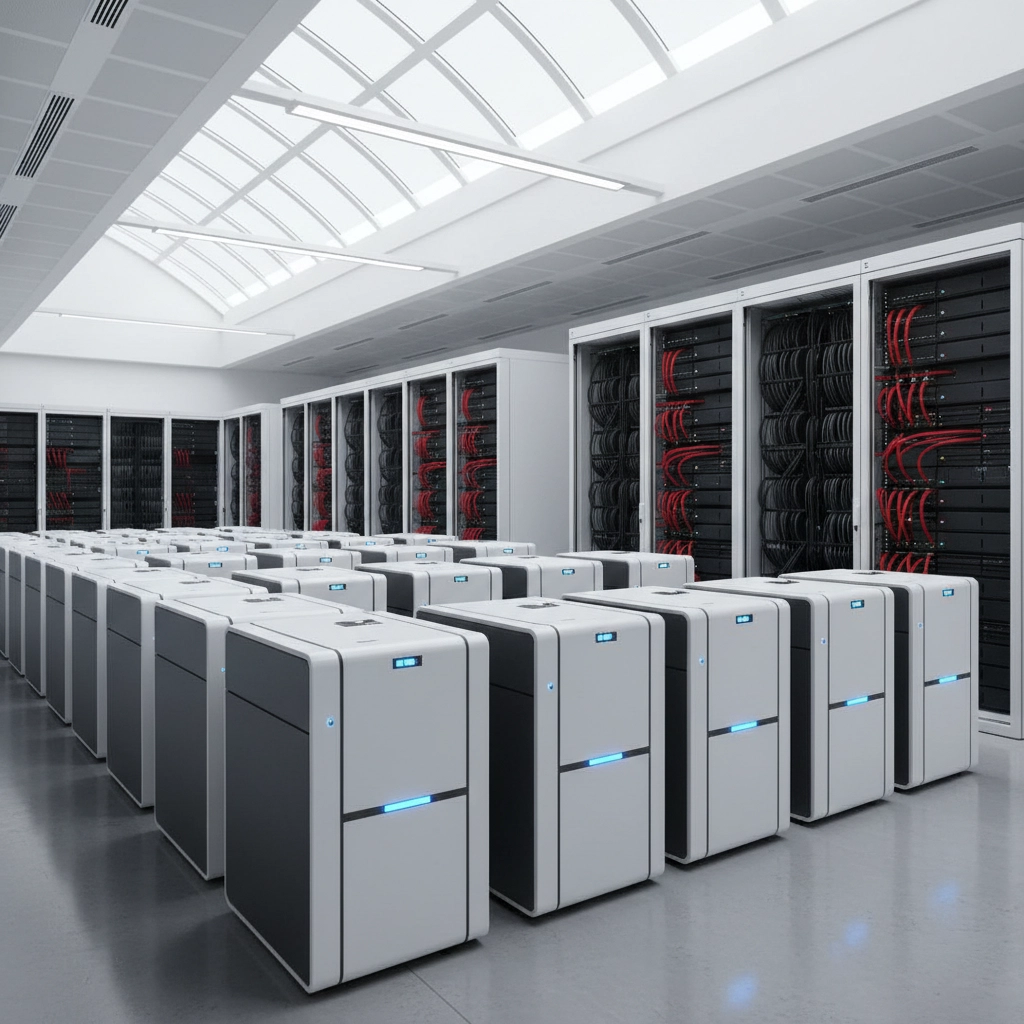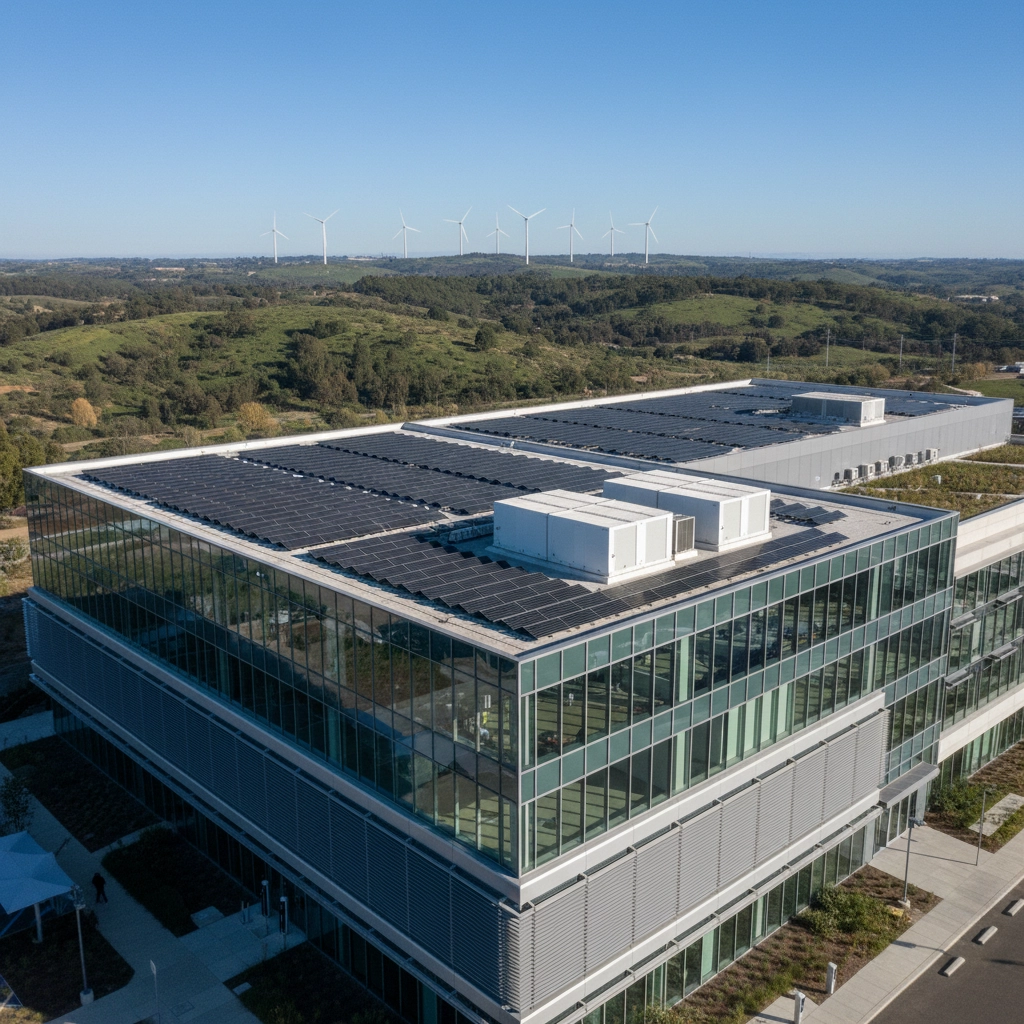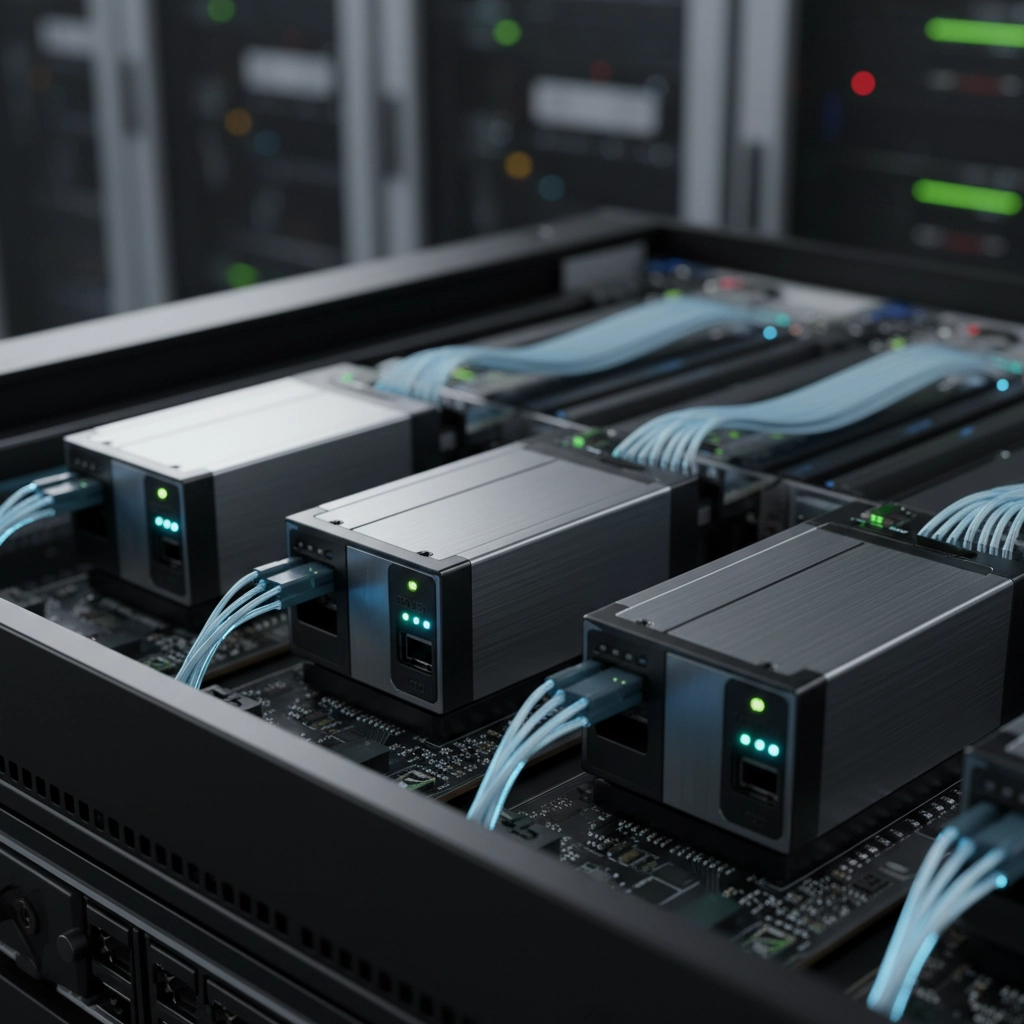
The Ultimate Guide to Future-Proofing Your Power Protection: Everything You Need to Succeed
Share
Power outages don't announce themselves with a courtesy call. One minute you're cruising through your workday, and the next minute your entire operation goes dark. That's why future-proofing your power protection isn't just smart: it's essential for staying competitive in today's tech-driven world.
Whether you're running a home office or managing a full-scale business operation, the landscape of power protection is evolving rapidly. Let's walk through everything you need to know to stay ahead of the curve.
Start with Smart Energy Storage
Traditional backup batteries are getting a major upgrade. Solid-state batteries are revolutionizing the game with faster charging, longer life spans, and better safety features than old-school lithium-ion systems. These aren't just theoretical: they're hitting the market now and delivering 10-minute backup capacities that can keep critical systems running.
But here's where it gets interesting: hydrogen fuel cells are emerging as serious contenders for long-duration backup power. Unlike diesel generators that belch out fumes, these systems only emit water vapor. Perfect if you're trying to hit those carbon neutrality goals while keeping the lights on.
Action step: Consider hybrid energy storage that combines multiple technologies. This gives you redundancy and optimizes performance across different scenarios.

Embrace AI-Powered Intelligence
Your UPS system shouldn't just sit there waiting for the power to go out. Modern AI-powered systems are like having a crystal ball for your electrical infrastructure. They analyze patterns, predict failures, and make real-time adjustments to prevent problems before they happen.
Dynamic load management is where this really shines. These smart systems automatically prioritize which equipment gets power first during an outage. Your servers stay up while the coffee machine waits its turn.
Companies using AI-optimized systems like Schneider Electric's EcoStruxure are seeing up to 30% reductions in energy waste. That's money back in your pocket every month.
Action step: Look for UPS systems with predictive analytics and automatic load balancing features.
Lock Down Your Cybersecurity
Here's something that keeps me up at night: connected power systems are hackable systems. As UPS units get smarter and more networked, they become potential entry points for cybercriminals.
Multi-layered security isn't optional anymore: it's mandatory. You need:
• Firewalls specifically configured for industrial control systems
• Intrusion detection that monitors unusual power system behavior
• Multi-factor authentication for system access
• Regular security updates and patches
Continuous monitoring should alert you to suspicious activity before it becomes a full-blown incident. The best time to stop a cyber attack is before it starts.
Action step: Audit your current power systems for security vulnerabilities and implement a documented incident response plan.

Go Green and Save Green
Sustainability isn't just good PR: it's good business. Hybrid UPS systems that integrate solar panels, wind power, and battery storage create self-sufficient microgrids. When the main grid fails, you keep running on your own power.
Grid-forming inverters take this a step further by letting your UPS system act like a mini power plant, actually stabilizing the local electrical grid during outages. Cities transitioning to renewable energy love this technology because it helps balance supply and demand.
The financial benefits are real too. Excess energy generated during peak production gets stored and used during expensive peak demand periods, slashing your electricity bills.
Action step: Calculate the ROI on renewable integration for your specific location and power requirements.
Think Modular, Not Massive
Forget the days of buying one huge UPS system and hoping it meets your future needs. Modular architecture lets you start small and add capacity as you grow. It's like building with power protection Lego blocks.
Need more runtime for your servers? Plug in another battery module. Expanding your operation? Add another power module. No downtime, no massive upfront investment, no buyer's remorse.
This approach is perfect for: • Growing businesses with changing power needs • Seasonal operations with fluctuating demands • Budget-conscious operations that need flexibility
Action step: Map out your five-year growth projections and choose modular systems that can scale accordingly.

Prepare for the Edge Computing Revolution
Edge computing and 5G infrastructure demand ultra-reliable power protection with millisecond response times. We're talking about miniaturized UPS systems that embed directly into servers and network equipment.
This distributed approach eliminates single points of failure. Instead of one big UPS protecting everything, you have small, dedicated units protecting individual critical components.
Companies like Nokia are already integrating 5G-ready UPS systems directly into telecom equipment. This keeps base stations running even during regional grid failures.
Action step: Evaluate which of your systems require edge-level power protection and plan accordingly.
Stay Compliant with Updated Safety Standards
The 2025 electrical safety standards aren't suggestions: they're requirements. Arc Fault Circuit Interrupters (AFCIs) and Ground Fault Circuit Interrupters (GFCIs) are now mandatory in more locations than ever.
AFCIs prevent electrical arcs that can cause fires, while GFCIs protect against electrical shocks. Both technologies have evolved significantly and now integrate with smart building systems for remote monitoring and control.
Smart circuit breakers add another layer of protection and convenience by letting you monitor and control electrical systems remotely. You can identify potential problems before they become expensive disasters.
Action step: Schedule a compliance audit to ensure your electrical infrastructure meets current safety standards.
Create Your Implementation Roadmap
Here's your step-by-step action plan:
Phase 1: Assessment (Month 1) • Audit existing power protection systems • Identify vulnerabilities and capacity limitations • Document current and projected power requirements
Phase 2: Core Technology (Months 2-3) • Implement AI-powered monitoring systems • Upgrade to advanced energy storage solutions • Deploy multi-layered cybersecurity measures
Phase 3: Integration and Expansion (Months 4-6) • Add renewable energy integration where applicable • Install modular systems for future scalability • Ensure compliance with updated safety standards
Phase 4: Optimization (Ongoing) • Establish regular maintenance schedules • Monitor performance and adjust as needed • Plan technology refresh cycles

Your Power Protection Partner
Future-proofing your power protection doesn't have to be overwhelming. The key is starting with a solid plan and working with experienced professionals who understand both current technology and emerging trends.
At Ace Real Time Solutions, we've helped countless businesses and homeowners navigate these decisions. We know that every situation is unique, and we take the time to understand your specific needs before recommending solutions.
Ready to future-proof your power protection? Contact our team for a comprehensive assessment of your current setup and a customized roadmap for upgrading to tomorrow's technology today.
Don't wait for the next power outage to remind you how important reliable power protection really is. The technology exists today to keep your operations running smoothly, efficiently, and sustainably. The question isn't whether you can afford to upgrade( it's whether you can afford not to.)
